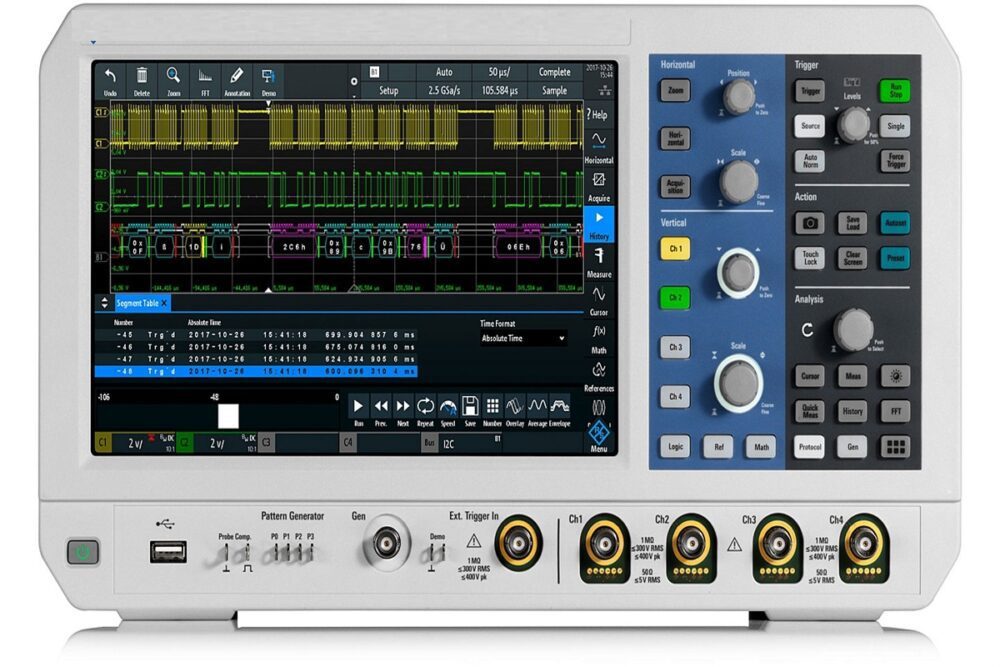Integral to the design, testing, and maintenance of almost all types of electrical equipment, this tool is an incredibly useful one but understanding its use can sometimes be difficult. Often referred to as a scope, you can expect to see this piece of equipment within the servicing and repairs industry. This includes car garages and whilst it’s not the only essential tool that garages must own, it is a huge part of their success.
Whether you’re a new engineer or looking to get one for your home hobby, you may need help and advice. Fortunately, we’ve put together a basic guide for oscilloscopes. It will cover who may use them, what they’re used for and how you may use them. Read on to find out more about oscilloscopes.
Who may use them?
You’ll find this piece of equipment across many different industries. It is usually within the ones that involve monitoring, diagnosis, and troubleshooting for any electrically powered circuits or systems. These may include:
- Automotive repair and maintenance
- Sound engineering
- Electronics manufacture and production
- Research – especially within physics and natural sciences
- Healthcare
What is it used for?
Oscilloscopes are available in various formats for either handheld, benchtop, or PC. Their basic function is to capture information, process it, analyze and display detailed information about electronic signal waveforms.
This information is displayed on the screen in a graph that fluctuates over time. This allows users to understand a range of signal characteristics like frequency, noise, and amplitude.
How to use them
Depending on whether you are using these for engineering work or a hobby, the process will be similar but what you’re looking for with the oscilloscope may be different. Read on to find out how to use them depending on what you’re doing.
For engineering
Engineers will typically use this device to measure electrical phenomena as well as quickly test, verify and debug their circuit designs. When using this device the engineer can understand the things such as:
- Time and voltage of a signal
- Frequency of signal
- The moving parts of a circuit
- Whether the malfunctioning component is distorting the signal
- How much of the signal is direct current or alternating current.
Without this information, engineers may struggle to diagnose the problem at hand which highlights their importance.
For hobbyists
Depending on what electronics project you are working on, an oscilloscope can aid your progress. This is particularly important as a hobbyist. You may not currently have all of the knowledge you need to be successful but using this device, you can ensure your skills improve. An oscilloscope will help you with:
- Debugging output of sensors
- Catching simple errors
- Debugging PWM signals
- Debug communications busses
- Collect data easily
Oscilloscopes allow you to get the best out of your ability when taking on a hobby. Ensure you get yours and find your hobby even more pleasurable.




































